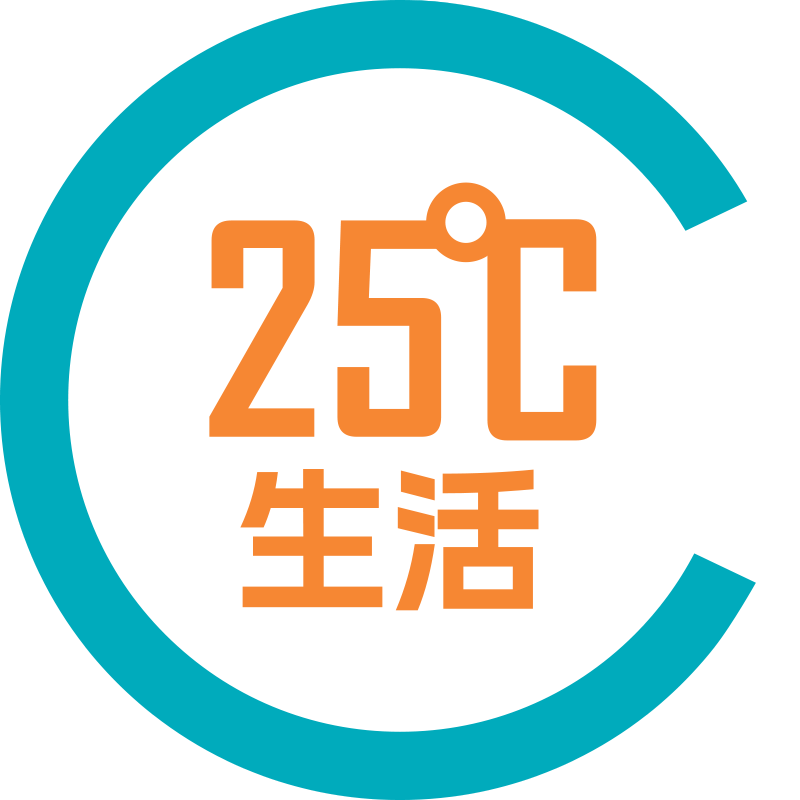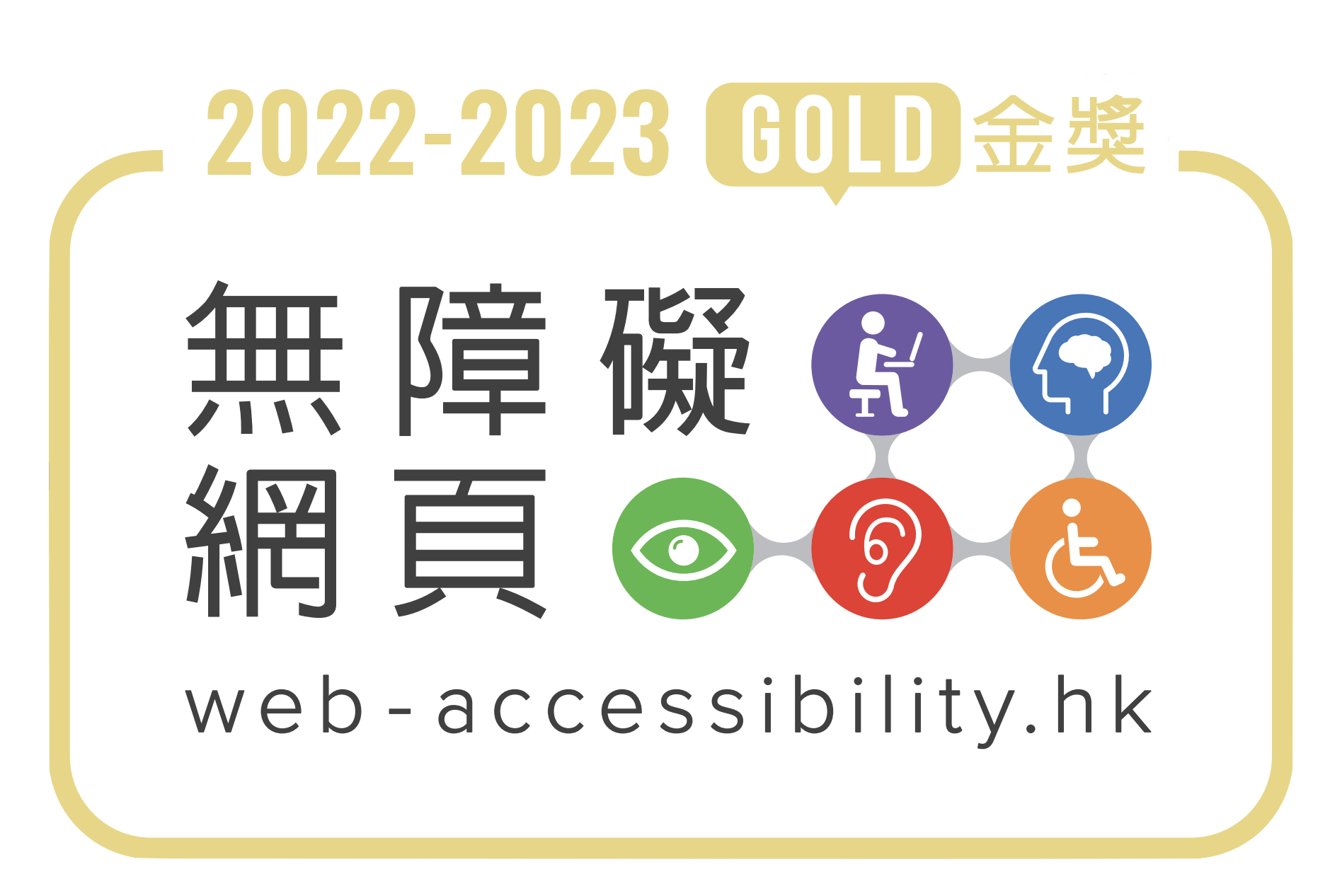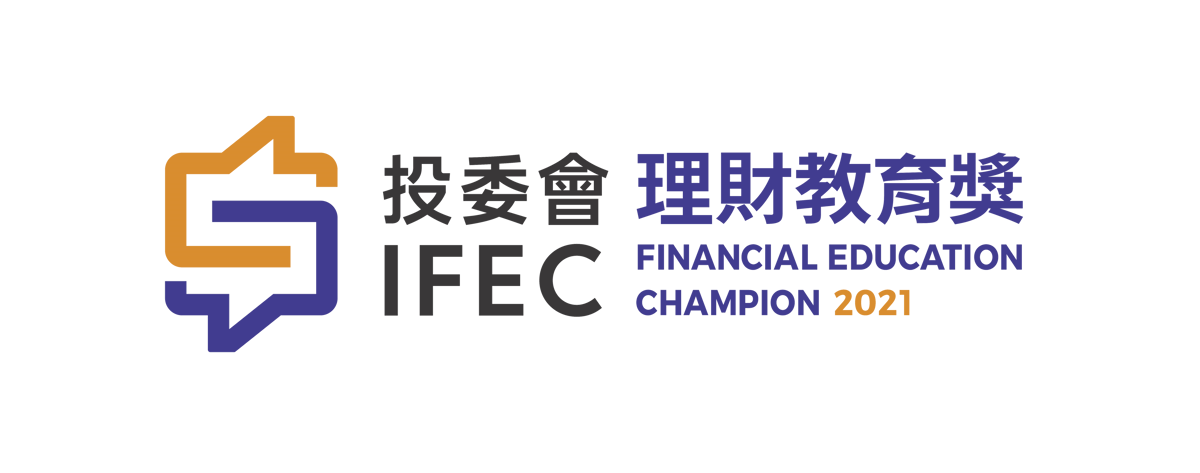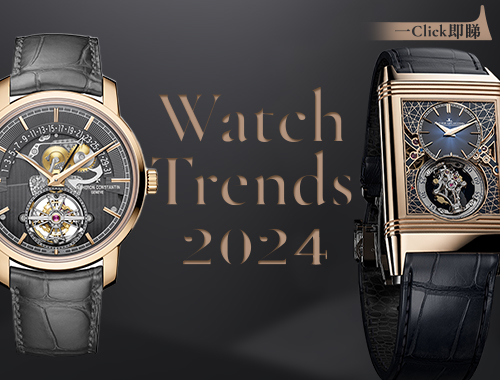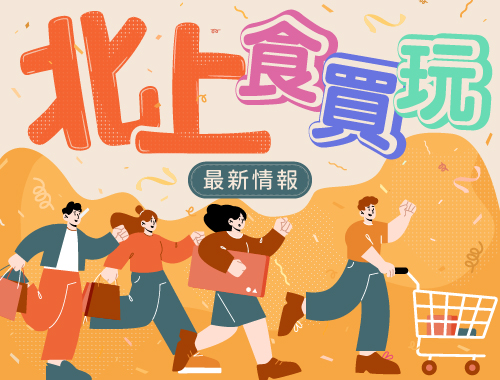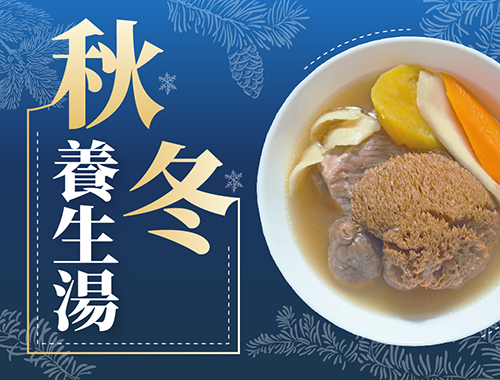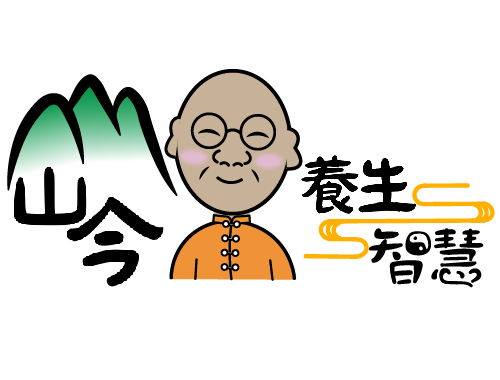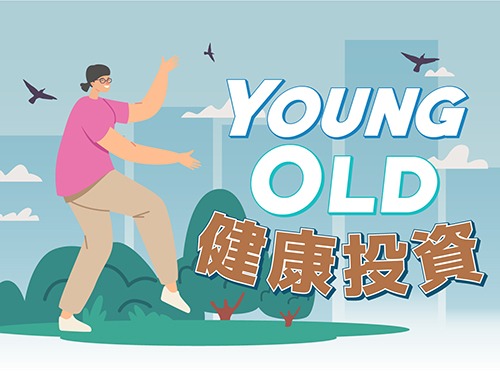BANGKOK, THAILAND – Media OutReach Newswire – 12 December 2024 - Celebrating its 10th year, Chiang Mai Design Week 2024 (CMDW2024), organized by Thailand's Creative Economy Agency (Public Organization), or CEA, has become a key platform for local creators, designers, artists, and craftsmen. It serves as a hub for talent showcases, knowledge exchange, and innovation, fostering meaningful collaborations among entrepreneurs, designers, and investors. These partnerships create new commercial opportunities while driving sustainable economic growth through the strategic use of local resources.

Far from being a static event, Chiang Mai Design Week (CMDW) has continuously evolved, fostering diverse dynamics that have propelled Chiang Mai toward becoming a global City Branding icon as a hub of creativity. Recognized as a UNESCO Creative City of Crafts and Folk Art under the UNESCO Creative Cities Network (UCCN), Chiang Mai has also emerged as a center for design in Southeast Asia. The festival reflects the transformative power of design in driving societal, cultural, and economic development while promoting environmental sustainability. It has also inspired a significant homecoming movement, encouraging local talents to return and contribute to their hometown's development. Over the past decade, Chiang Mai Design Week has undergone remarkable changes, creating a lasting impact across various dimensions:
1. From Local Festival to International Stage
Launched in 2014 through collaboration between the Thailand Creative and Design Center, or TCDC and local organizations, Chiang Mai Design Week began as a showcase for the city's unique blend of traditional art and modern creativity. By 2015-2016, it introduced the creative market, workshops, and seminars, creating tangible networks and market opportunities.
From 2017 to 2019, the festival gained national and international recognition, featuring exhibitions by renowned designers and innovative integrations of technology with traditional craftsmanship. These efforts catered to global markets while preserving local cultural identity.
During the COVID-19 pandemic (2020–2021), the festival adapted its format to emphasize sustainability and environmentally conscious design. Initiatives like the HomeComing Creator project encouraged local talents to return and contribute to their communities. Exhibits such as "En.Light.En" brought together artists with connections to Chiang Mai and northern Thailand, fostering collaborations that revitalized local areas like Chang Moi and the Lanna Folklife Museum.

The festival also embraced music and performing arts, as seen in the International Street Music and Performing Arts Festival, which transformed local spaces into vibrant cultural hubs. Other initiatives included the Thai Local Coffee Festival, promoting sustainability in the coffee industry, and LABBfest, a live music event blending art and international cultural exchange.
Since 2022, the festival has aligned its activities with Chiang Mai's status as a UNESCO Creative City of Crafts and Folk Art, forging partnerships with global creators and organizations. Notable initiatives include projects like "SANDBOX" from Moscow, which used film and animation as a developmental tool for children. The festival also featured lectures and workshops, alongside innovative events such as "MOSCOW EXPERTISE: VR/AR," festivals and concerts in the Metaverse during and post-pandemic, presented by Russian VR artists, directors, producers, and festival curators. These initiatives underscore the festival's role as a platform for cross-cultural exchange and innovation.
2. A Catalyst for Social, Economic, and Environmental Impact
Ms. Imhathai Kunjina, Director of the Creative Economy Agency (Chiang Mai Office), highlighted the significant positive impacts that Chiang Mai Design Week has generated across social, economic, and environmental dimensions.
"Over the past decade, Chiang Mai Design Week has driven meaningful change, raising awareness within local communities about the value of creativity and design in enhancing cultural assets. The festival has also established Chiang Mai as a destination for global travelers, showcasing vibrant creative spaces that go beyond traditional attractions. Today, Chiang Mai Design Week serves as the 'mothership' for annual creative events, inspiring other festivals to align their schedules, ensuring that the city becomes a hub of creative energy and diverse events during the same period. This synergy not only amplifies the city's creative atmosphere but also offers tourists a truly unique and immersive experience."

Economic Contributions: The festival's economic impact has been profound, attracting increasing numbers of visitors from countries such as Taiwan, Japan, China, Singapore, Europe, and America. Over nine years, Chiang Mai Design Week has welcomed more than 1,022,869 attendees and generated over 5.36 billion THB in economic value for Northern Thailand (2018–2023). Additionally, it has revitalized historic buildings by drawing investors to renovate and repurpose them, transforming these spaces into thriving creative hubs and contributing to sustainable urban development.
Interdisciplinary Art Integration: The festival has fostered collaboration across disciplines, such as matching craft designers with emerging chefs to create unique and value-added products. Initiatives like the 2020 Homecoming Creator project have brought talented individuals back to their hometowns, reconnecting them with local communities. Moreover, events like the Chiang Mai Street Jazz Festival, featuring world-class jazz artist Igor Butman, have elevated the city's reputation as a vibrant jazz hub. These achievements reflect the festival's holistic approach to creative growth.
Environmental Sustainability: Chiang Mai Design Week has consistently prioritized sustainability, setting an example for eco-conscious practices. As Ms. Imhathai noted:
"The festival emphasizes 'leading by example' over 'mandating actions.' From the beginning, we encouraged creatives and architects to design reusable exhibition pavilions. In our 10th year, all pavilions are repurposed from the first festival. Informational signs are reused annually, and this year, over 95% of sign materials were replaced with recyclable options like corrugated cardboard instead of foam board, ensuring post-festival recyclability."
Efforts to minimize environmental impact extend to reducing printed materials, utilizing solar-powered LED screens, and promoting green transportation. Since 2020, printed materials have been reduced by 30%—from 30,000 brochures and 150 booklets to 20,000 brochures in 2024—using eco-friendly paper. The festival also features electric tram shuttles and walkable event spaces, with bicycle services provided by Anywheel Co., encouraging sustainable mobility.
For vendors, we've organized training sessions on eco-friendly materials and sustainable practices, encouraging responsibility and adaptability for future sustainable business operations."
Chiang Mai Design Week 2024, "SCALING LOCAL – Transforming Local to Global through Creativity, Technology, and Sustainability"
This year, Chiang Mai Design Week 2024 is set to take place under the theme "SCALING LOCAL: Creativity, Technology, and Sustainability – For Reviving Recovery." The festival aims to elevate cultural assets and community resources to achieve global recognition while maintaining a focus on resilient community spaces that have thrived despite the challenges of COVID-19.
"Chiang Mai's creative industries have grown significantly, showcasing the potential of local assets and talents nurtured over the years. To scale local creativity to the international stage, it is essential to integrate Creativity, Technology, And Sustainability—the three pillars that set the standard for festivals locally and globally. This year, we're excited to welcome creators from neighboring northern provinces like Phrae, Nan, Lampang, and Sukhothai, demonstrating the festival's decade-long influence in attracting regional creative talent," explained Ms. Imhathai.
Chiang Mai Design Week 2024 will feature 6 activity categories with over 150 programs. Key highlights include:
- Lanna Gastronomy Tourism Economy Exhibition: A sustainable culinary tourism showcase exploring Lanna cuisine while creating income opportunities for local communities.
- Ready Set Old Exhibition: Reimagining Chiang Mai becoming the world's 7th "Blue Zone" city for healthy aging, following in the footsteps of Okinawa (Japan), Sardinia (Italy), Nicoya (Costa Rica), Ikaria (Greece), Loma Linda (USA), and Singapore.
- Super Slow Exhibition: Immerse yourself in the beauty of slowness through innovative art that promotes sustainable and mindful living in a fast-paced world.
- Floral Wonders Exhibition: Showcase the potential of the local floral industry by merging creativity with technology, driving economic growth and job creation.
- LABB.Fest 2024: Enjoy live music performances blending Thai and international artists. This platform facilitates creative exchanges between artists, music entrepreneurs, and promoters from Thailand, Malaysia, Myanmar, Hong Kong, Taiwan, Japan, and South Korea.
The Next Chapter for "Chiang Mai Design Week": Towards Sustainable Global Recognition
The future vision for Chiang Mai Design Week is to elevate its global prominence by fostering collaboration among designers, artists, entrepreneurs, and local and international networks. The festival aims to maintain high standards while adapting to urban trends and contexts to craft remarkable experiences for attendees and tourists. At the same time, it seeks to sustain interest among investors and sponsors for continued support.
"Chiang Mai Design Week is evolving towards a new standard that prioritizes not just aesthetics but the integration of creativity and environmental responsibility. This approach sets a benchmark for other creative festivals in Thailand, as seen in Chiang Rai and Phitsanulok, which have leveraged knowledge gained from the festival with support from CEA Chiang Mai. Looking ahead, the festival will shift its focus from audience quantity to quality, targeting visitors who actively engage and carry forward ideas inspired by the event," explained Ms. Imhathai.
The ultimate goal is to establish Chiang Mai Design Week as a globally renowned festival that grows alongside the city's holistic development. As a member of the World Design Week network, the festival reflects a decade of progress and potential. To secure a lasting global presence, the festival must uphold international standards, strengthen networks, and expand global outreach. Achieving this vision would position Chiang Mai Design Week as a cultural hallmark, akin to Milan Design Week, capable of attracting 100% investor interest.
Experience the transformative power of design at Chiang Mai Design Week 2024 (CMDW2024) under the theme "SCALING LOCAL" from December 7-15, 2024, across Chiang Mai's old city areas, including the Three Kings Monument, Chang Moi, TCDC Chiang Mai, Thapae, and nearby districts like Hang Dong and San Kamphaeng.
Stay updated with the latest news and activities at: Website: www.chiangmaidesignweek.com Facebook: Chiang Mai Design Week, Instagram: ChiangMaiDesignWeek
Hashtag: #chiangmaidesignweek #CMDW2024 #scalinglocal
發佈者對本公告的內容承擔全部責任
About Chiang Mai Design Week
Chiang Mai Design Week is an annual design festival hosted in Chiang Mai by the Creative Economy Agency (CEA), celebrating its 10th year (2015–2024). The festival serves as a dynamic platform for exchanging perspectives, experiences, and knowledge in design and creativity. It also fosters engagement through design, offering meaningful experiences to children, youth, communities, tourists, and enthusiasts alike. The festival features diverse activities, including exhibitions, talks, workshops, arts programs, and live performances, aimed at enhancing quality of life while infusing Chiang Mai with a vibrant, creative atmosphere. Events span iconic areas like Klang Wiang, rich in culture and local traditions, and Chang Moi–Tha Phae, home to TCDC Chiang Mai, a modern hub of design knowledge. In addition to these key districts, Chiang Mai Design Week also hosts programs in other significant areas throughout the city, offering visitors a fresh perspective on Chiang Mai and the chance to experience its unique creative spirit up close.
About Creative Economy Agency (Public Organization)
The Creative Economy Agency (Public Organization) or CEA was established on August 14, 2018, as an organization under the supervision of the Prime Minister's Office to promote and develop the potential of the creative economy as a driving force towards a balanced and sustainable economy in the long term. One of CEA's key missions is to establish creative economy districts by promoting and developing areas that foster a creative environment and encourage the growth of new businesses as well as aims to strengthen connections with surrounding communities. Additionally, CEA is responsible for promoting the growth of the creative industries by developing capabilities and linking networks, utilizing creativity as a tool to enhance businesses and improve the quality of life for the Thai people.
source: Chiang Mai Design Week
【你點睇?】皇馬巴塞傳奇表演賽爆簽名會風波,26人買涉$20萬套票僅見部份球星15分鐘,你認為事件哪方須負較大責任?► 立即投票






